I bet that you don’t often think about your wrists, you probably take them for granted. In fact, your wrist is probably propping up your phone right now as you’re reading this article. We don’t think about our wrists… until they cause us pain and start to hurt. This article is how to prevent wrist pain, and especially how to prevent wrist pain during yoga workout sessions.
If you participate in any form of sport, you’re opening yourself up to risk of injury. As an aerialist or yoga enthusiast, it’s common to feel aches, pains or random twinges in your wrists. Even people who work at computers at work or play a lot of games can suffer with wrist pain. Any repetitive movements are adding to the risk of sore wrists.
This article will help you understand why our wrists ache during yoga. You will also learn some basic wrist strengthening exercises and discover how to protect your wrists during a yoga workout.
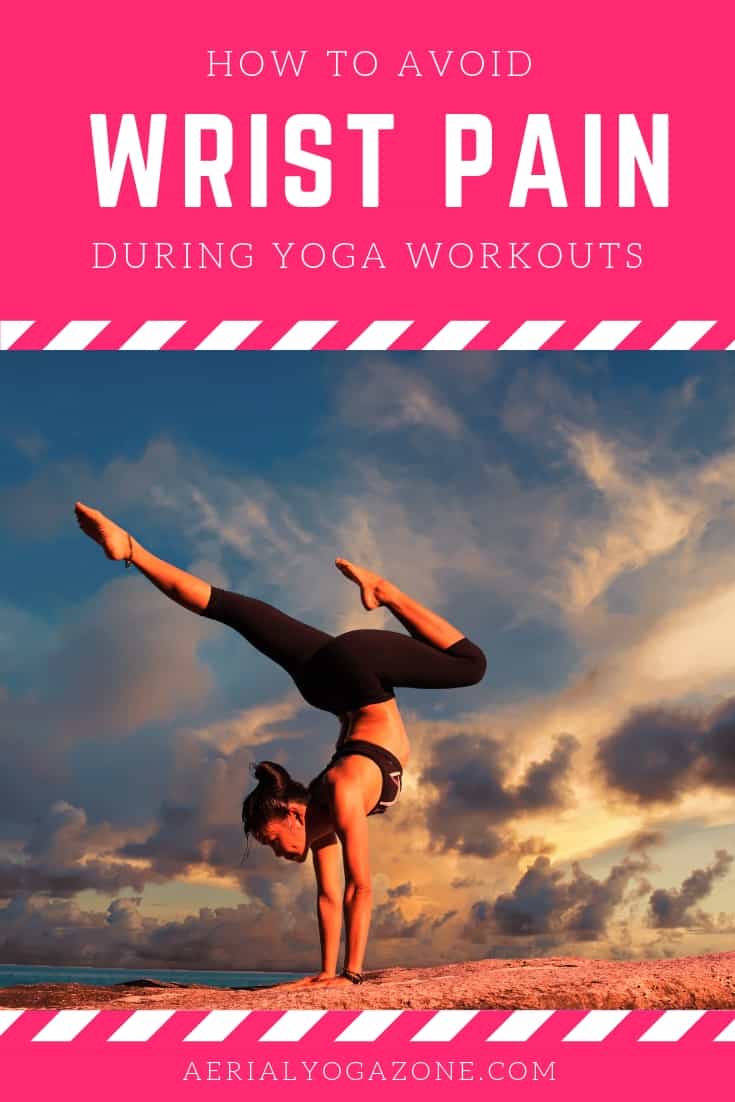
Common Causes of Wrist Pain
Our wrists are probably one of the most flexible parts of our bodies, when you think about it. Your wrists can flex all the way forward and bend all the way back. However, they’re also incredibly fragile joints.
Have a look at your wrists, there’s probably not much fat or muscle there to cushion the joint. Therefore, your wrists are under a lot of pressure.
Here are some day-to-day, non-workout related activities which may cause wrist pain:
- Opening heavy doors
- Lifting heavy objects
- Opening jars
- Repetitive motions
- Carrying children
- Using a computer keyboard
- Playing a musical instrument
- Manual labor
- Sleeping awkwardly
Understand Your Wrist’s Anatomy
By gaining a better understanding of how your wrist works, you will be better equipped to protect your wrists and avoid wrist pain during yoga.
Your wrists are made up of lots of different bones, ligaments, as well as soft tissue and skin. The wrist area is prone to stress and pressure over time, just from day-to-day activities, before you even add yoga into the mix.
If you’re planning to start a new fitness or workout routine that involves yoga, then make sure you abide by the best practices in this article to avoid pains or injuries.
Many yoga positions and aerial yoga positions are intended to stretch your wrists in a good way.
Always seek medical advice before embarking upon a new workout routine, including yoga.
Gently Control your Movements
With any form of yoga, you’re in control of your movement. You control how far your bend or flex your wrists and you avoid placing too much pressure on your wrists by being aware and staying in control.
Yoga instructors will highlight how important it is to stay in control during your classes.
Wrist misbehavior will most likely occur when you’re performing certain yoga poses, such as:
- Plank
- Downward facing dog
- Handstands
Try to make a conscious effort to alleviate pressure on your wrists during planks and downward facing dog poses by engaging your shoulders and making a fist, rather than putting your hand flat on the floor.
Exercise extreme caution with handstands if you suffer with pain in your wrists, consult a professional before attempting any advanced or complex poses.
Related: Is Aerial Yoga Safe?
Strengthen the Surrounding Muscles
Perform wrist strengthening exercises and stretches to strengthen the joint and surrounding muscles. The wrist area is difficult to build muscle and it definitely takes time and patience to do this.
You should also think holistically, there’s no point having strong wrists if your forearms, shoulders and biceps are weak. Work on strengthening all of your arm muscles by performing varied exercises.
By focusing on multiple muscle groups, you’re giving yourself more control over how much pressure you need to put on your wrists during certain yoga poses.

To start, try gentle wrist strengthening exercises that will also benefit and help strengthen the forearm muscles. Make the most of physiotherapy equipment such as therapy putty, a stress ball or resistance bands. You can also use grip strengthening tools to improve your wrist and forearm strength.
Whenever you’re flexing your wrist, be sure to keep your forearm straight, levelled and engaged so you don’t cause any extra strain.
Use a Gyro Ball for Stronger Wrists
A Gyro Ball is excellent for strengthening your wrists, but it can be quite tricky to use. It will certainly take some practice to get it right.


Take your time with the Gyro ball and get used to using it. Here are some tips for you:
- Use the string provided to get the rotation started if you need to
- Hold the ball steady with one hand, then pull the string as hard as you can with your other hand (it may take a few attempts to get this!)
- Start rotating your hand to maintain momentum within the Gyro ball with your arm outstretched (or slightly bent at your elbow)
If you’re using it properly, it should sound like a mini engine and will work your entire arm, as well as your wrist! Aim to use the Gyro Ball for 3-5 minutes with each hand, 4-5 times per week.
Warm-Up & Cool-Down
Before you start performing wrist exercises, your body should be properly warmed up, that includes all of your arm joints and especially your wrists.
Here are some ways to warm up your wrist joints:
- twist your wrists in large circles, going in both directions,
- shake your hands,
- tense and un-tense your fingers,
- stretch your fingers
- gently bend your wrists back and forth.
Please don’t rush this step – yoga instructors and fitness experts will agree that warming up is vital in order to prevent injury.
When it comes to cooling down, deep stretching at the end of a workout session is most beneficial. Stretching after a workout will help increase your flexibility and range of movement in your wrists over time.
Don’t rush through stretching either! To stretch your wrists properly, hold your arms straight out in front of you and use your other hand to slowly bend your wrist back until you feel a decent stretch. Repeat this motion, but bending your hand forward this time. Hold each stretch for 10-15 seconds.
Use Wrist Supports
Wrist protectors, sometimes called wrist wraps are designed to protect your wrists during yoga or other sports. They’re so popular, lots of sports players, across many different disciplines will be wearing some form of wrist protection.
It’s common to see yogis, gymnasts, bodybuilders, basketball players, weightlifters, dancers or field athletes wearing wrist protection.
For aerialists, SneakyDeez have created these unique, beautifully designed wrist wraps which are aimed at pole dancers, but work great for yoga, gymnastics and other sports too. Check out their shop here.

Try Aerial Yoga Instead
Aerial Yoga is the practice of performing poses and inversions using a hammock or swing that’s suspended from the ceiling, door frame or from aerial rigging. It doesn’t rely on you having to put weight on your wrists as much, because you’re suspended from the ceiling! There are several other health benefits you can enjoy too, such as better posture and improved spinal health.
Aerial yoga is sometimes known by several different names, including:
- Anti-gravity yoga
- Zero-gravity yoga
- Upside-down yoga
- Flying yoga
- Inversion therapy
Find out if there are local aerial yoga classes in your area. If you want to practice aerial yoga at home then it’s very easy to get started, you just need a door frame, pull-up bar and one of the best aerial yoga swings available. The good news is that you can get everything you need to get started for under $100 too.
Get Omega 3 In Your Diet
Omega 3, 6 and 9 are extremely important for keeping your wrist joints strong. Here is a selection of different foods that contain Omega 3:
- Fish
- Sea vegetables/algae
- Flaxseeds
- Grass-fed meat.
Stick With It
It can be difficult dealing with pain and discomfort, especially during your recovery when you’re trying to improve your health and make things better for yourself.
If you’re recovering from an injury or dealing with day-to-day pain, you need to stick with your workouts to get the most from them.
Modify Your Work Space
Our final tip has absolutely nothing to do with yoga! Forgetting about yoga for this final point, if you use a computer regularly for work then you can make some adjustments to your desk or work space and your wrists will thank you for it.
Firstly, think about your keyboard and mouse position. If you use a laptop, consider getting an external USB or wireless mouse and keyboard for a more comfortable experience.
Using computer equipment in an uncomfortable position is putting strain on your shoulders, wrists and thumbs. Long-term poor practice is one of the leading causes of carpel tunnel syndrome, cubital tunnel syndrome and repetitive strain injuries (RSIs).
Your arms should not be totally stretched out and you shouldn’t have to twist or rotate your shoulder to reach the keyboard or mouse. Wireless devices are excellent because you’re not restrained at all by wires and have complete freedom of movement (and a less cluttered desk!)
When you’re sat at the desk but not typing, rest your wrists on a foam wrist rest.
Those are our top tips for preventing and avoiding wrist pain during yoga, what are yours? Leave a comment below with your best advice for our readers.
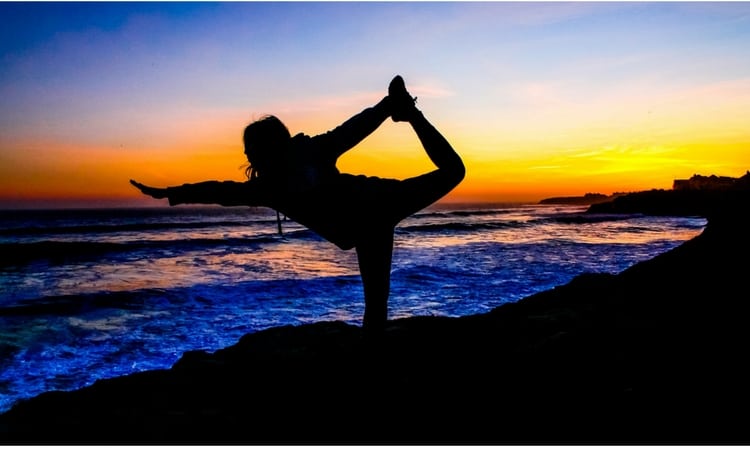
This post contains affiliate links. That means that, at no extra cost to you, we may receive a small commission if you buy a product using one of the links on this page. Read our full disclosure here.
This article is tagged with:


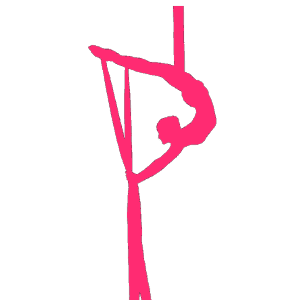



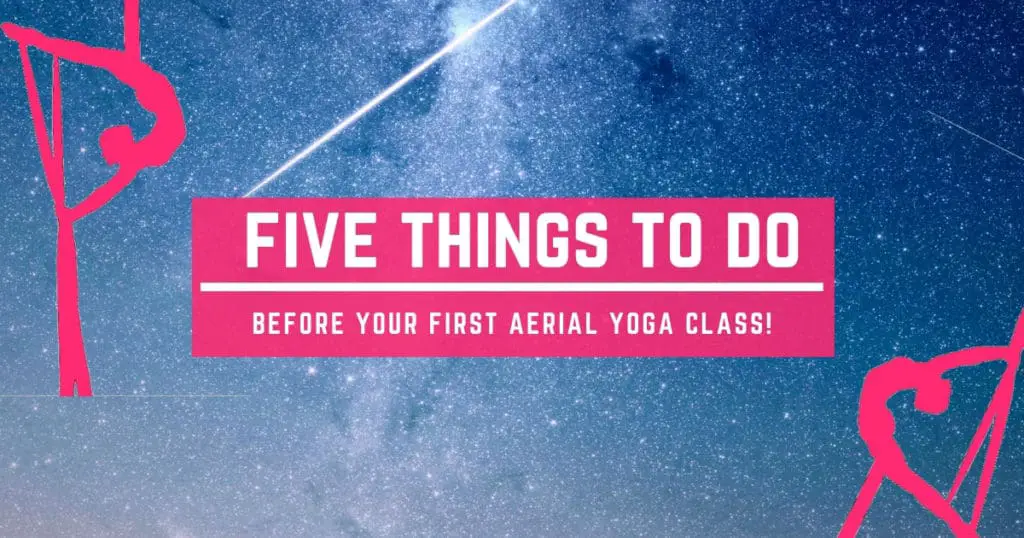
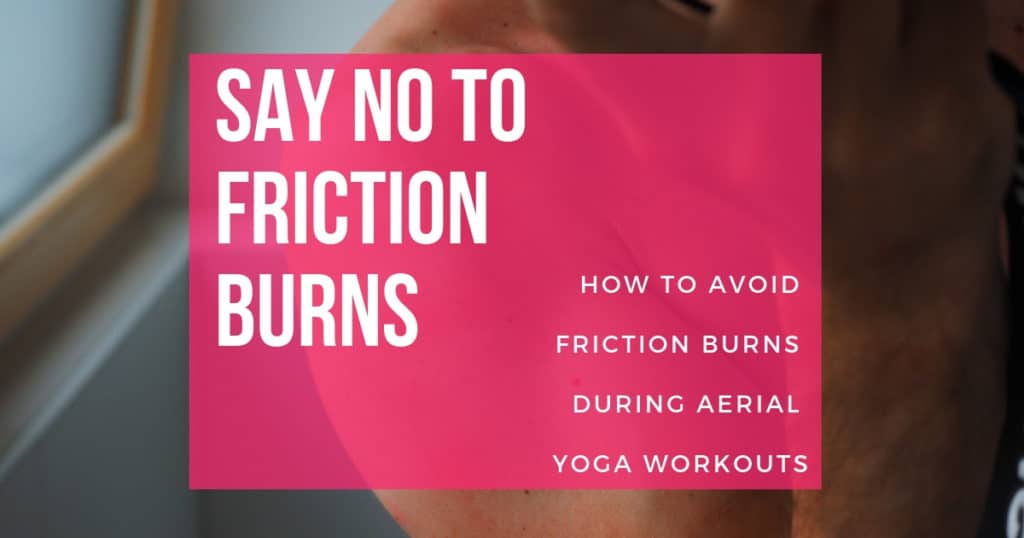
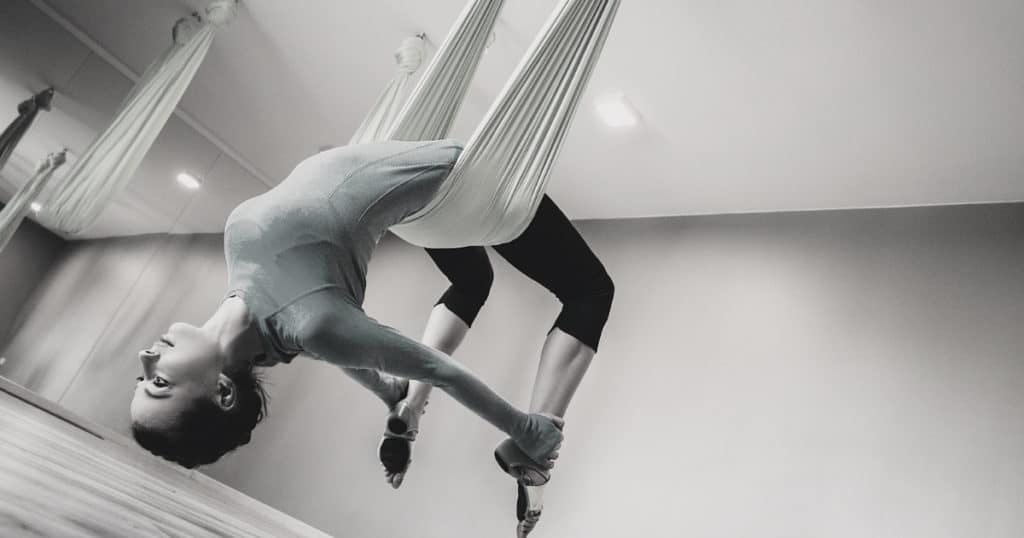
Comments are closed.